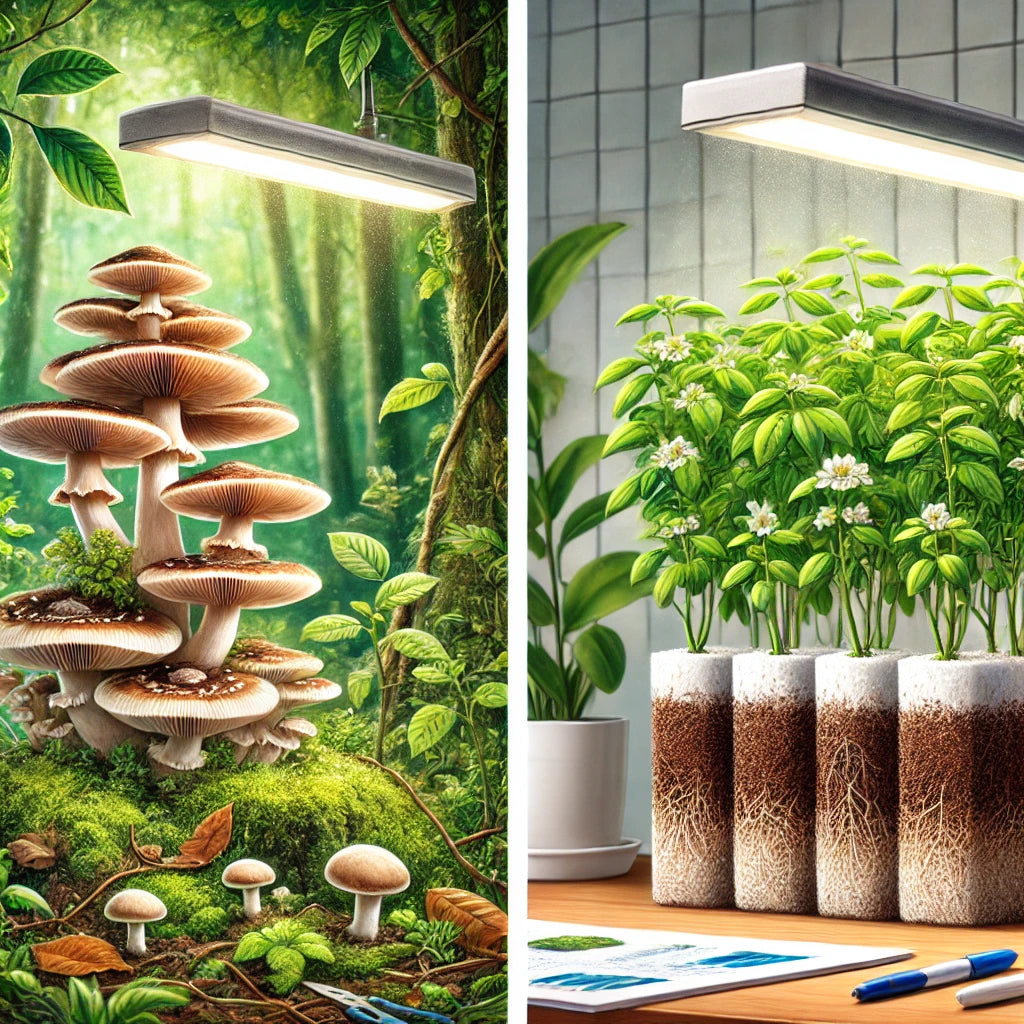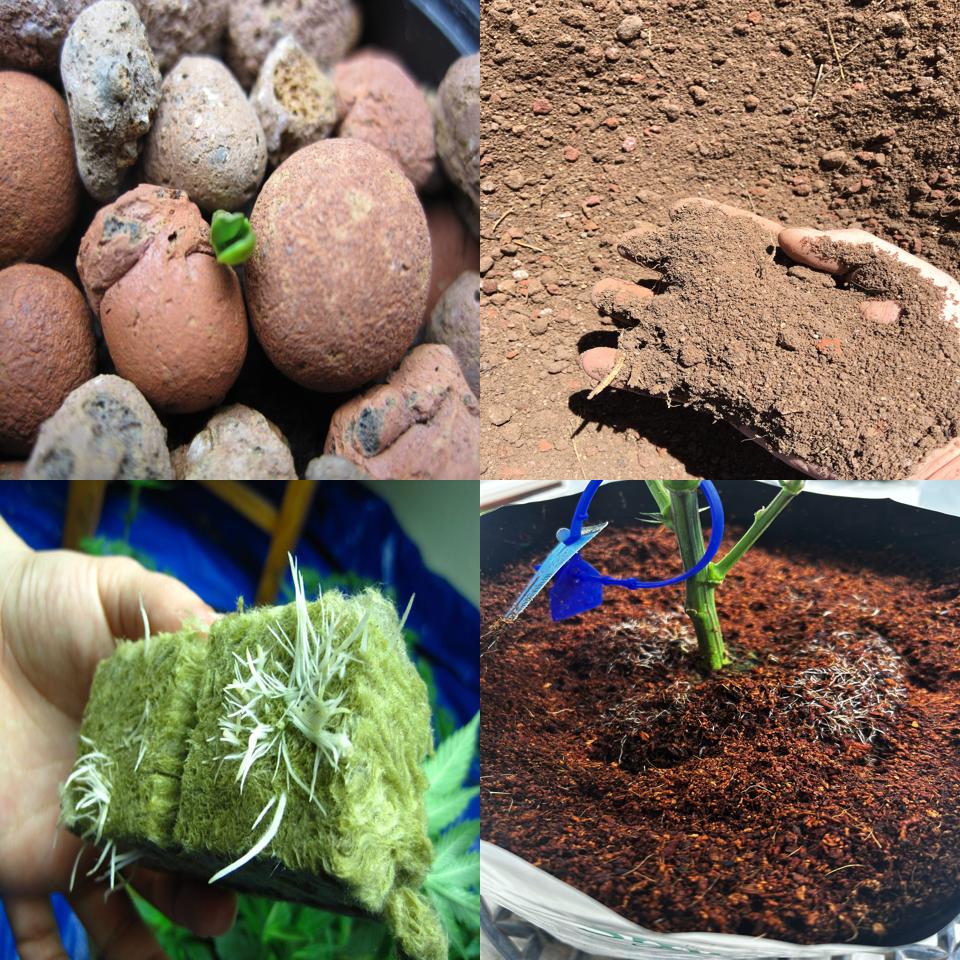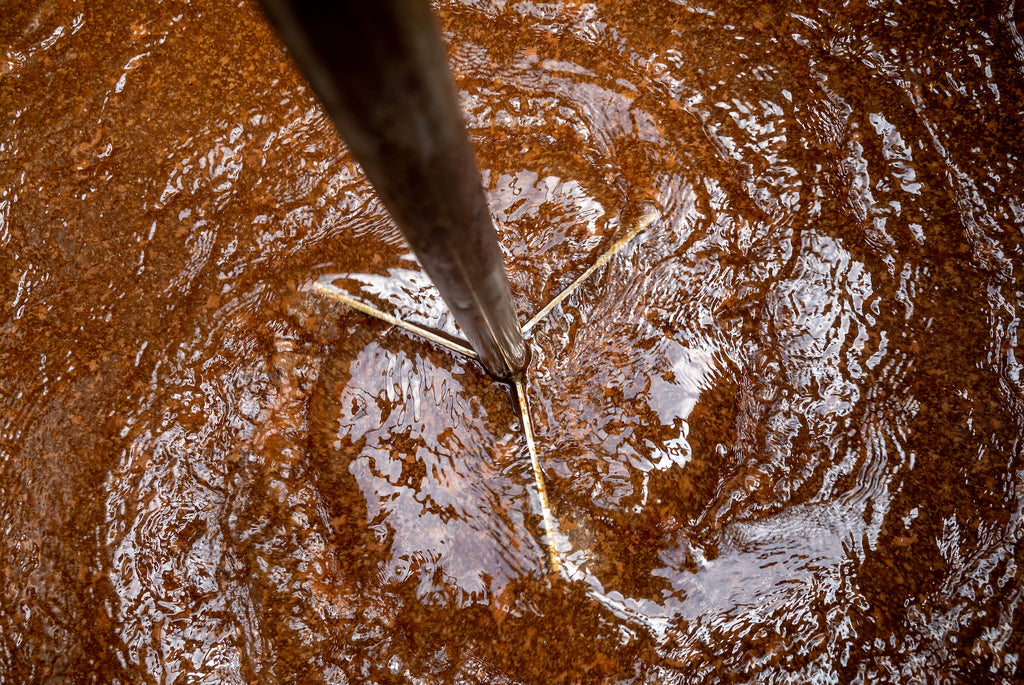Coco Coir Help Home Gardeners “Grow like the Pros”

When a consumer buys those tasty “grown on the vine” tomatoes in their local grocery store, chances are those vines were sprouted and grown in a blend of “Coco Coir” growing medium rather than peat moss.
Hydroponic and greenhouse growers around the world are well acquainted with Coco Coir (pronounce “coy-er”) growing compounds, and celebrate its convenience and water, nutrient and labor-saving properties.
But as popular as the use of Coco “Peat” or “Coco fiber” in hydroponic and potting mixtures is with commercial growers, Coco Peat is new to most home gardeners in North America. Starting with the baseline that coir is sustainable, eco-friendly, long-lasting and organic, the user-friendly properties of this product are sure to make it the “go to” growing media for growing veggies in a pot or in the ground.
Coco Peat is an Amazing Soil Conditioner
Coco coir is more than a substitute for Peat moss—it has many superior qualities.
- Coco coir does not get hard or crusty when dry; needs no wetting agents
- Its sponge-like qualities retain nutrients and “slow-release” them overtime
- The unique cellular structure of coco retains both oxygen and water so roots do not get soggy
- Coco Peat is sold in fine, medium and chunky mixes: no need for wood chips, gravel for aeration
- Coco does not get “soggy” and drown roots—almost impossible to over-water
- Coco Peat has the perfect pH (6.0-6.5) that most vegetables thrive in
But Wait – – – There’s More!
For in-ground garden use, Coco Peat can be used in exactly the same way as traditional peat moss. When mixed into sandy or clay soil, Coco Peat’s moisture-retention properties start to work immediately. Coco Peat was spaded into this wildflower garden that usually gets a biennial infusion of peat moss. Photo “A” shows the wildflowers sprouting in the coco peat enriched soil. Photo “B” shows the wildflower sprouts is parts of the garden that was not enriched. It’s clear to see that the constant moisture and trace minerals in HortGrow’s Coco Peat gave these seedlings a major head start on the spring.


But the difference in the two photos points out another major advantage of Coco Coir as a garden additive: it last 5 years or more. Over the span of 4-5 years, that’s half the cost of purchasing soil enhancing products, not to mention half the work.
And just as the steady moisture and nutrient-retention qualities of Coco Coir fibers and fine Coco Pith supported plants during the fragile germination stage, it continues to support root development as they grow. Because coco peat does not wick away moisture or harden on the surface, it supports worms and the development of nutritional worm castings because the soil mixture does not compact and become too hard for those little crawlers to prosper.
Coco Peat’s ability to evenly disperse moisture is also an advantage for gardeners who add natural components like coffee grounds, compost or composted manure to their in-ground beds…the constant moisture and aeration enhances the breakdown and absorption of the bi-products of those natural additives into the soil mixture.
HortGrow’s “Best Practices” for In-ground Use of Coco Peat
- In very cold and/or very dry climates, HortGrow Coco Peat is an excellent mulch to protect roots and retain moisture. Because Coco Coir breaks down slowly, it can retain moisture and protects shrubs and rose bushes from extreme heat and cold for 5 years of more. It can be worked into the top soil in the spring to support root health during warmer, dryer seasons.
- Adding HortGrow Coco Peat as part of the soil preparation for planting organic vegetable gardens will not only improve the constancy of the moisture level for root health, it will retain nutrients for slow release.
- Mixing HortGrow’s NeemGrow organic plant food pellets into soil with the Coco Peat gives the added advantage of macro and micro nutrients in a slow release form, as well as Azadirachtin to provide the advantage of organic microbial and pest control.






